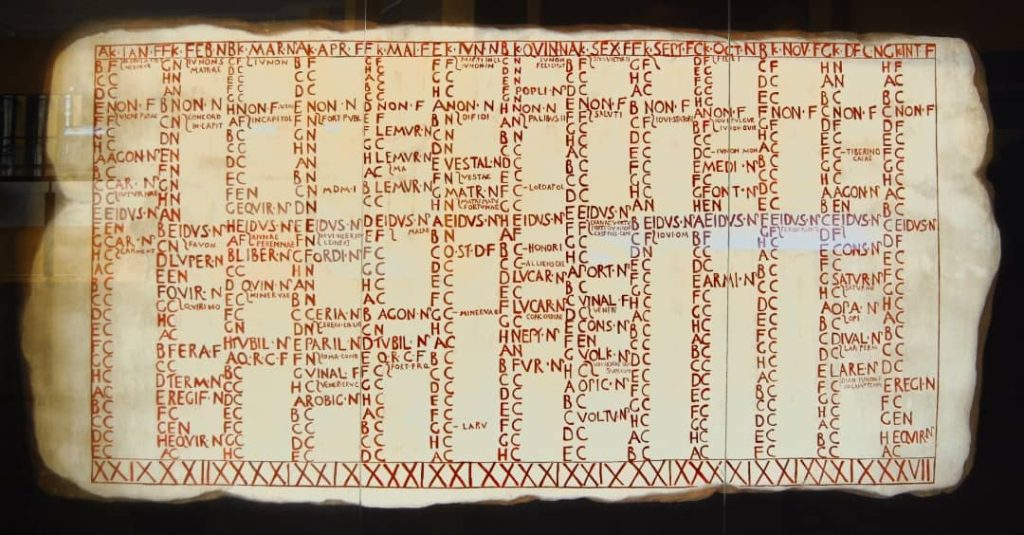From the solstices to the equinoxes, the lunar cycles to the solar years, join in this quiz on calendars
Calendars have played a crucial role in shaping our daily lives and understanding of the world around us. But how much do you really know about these timekeeping systems? Grab a cup of coffee and get ready to test your knowledge of one of humanity’s oldest and most enduring inventions – the calendar!
How many months were there in the original ancient Roman calendar, and what were they called?
- 10 months: Martius, Aprilius, Maius, Junius, Quintilis, Sextilis, September, October, November, December
- 12 months: Januarius, Februarius, Martius, Aprilis, Maius, Junius, Julius, Augustus, September, October, November, December
- 13 months: Sol, Luna, Mercurius, Venus, Mars, Jupiter, Saturnus, Juno, Vesta, Ceres, Bacchus, Apollo, Diana
Correct answer 1, ten months. The ancient Roman calendar originally had 10 months, but two more months (January and February) were added later, giving a total of 12 months. Some question this 10-month calendar as it’s only mentioned in sources from the late Republican and Imperial eras.
During the Roman Republic, why did the pontifices in charge of the calendar adjust the number of days in each year?
- To account for the influence of the Roman gods on the passage of time.
- To create a more efficient calendar that would save time and resources for the Roman people.
- To benefit political allies and harm rivals.
- To correct errors in the calendar caused by a lack of astronomical knowledge.
Correct answer 3, to benefit political allies and harm rivals. The pontifices were a group of high-ranking priests in ancient Rome who had the power to adjust the number of days in each year to keep the calendar in sync with the solar cycle.However, they often used this power to lengthen the years of political allies and shorten those of rivals, which could have significant consequences for the political and economic stability of the Roman Republic. It was not until Julius Caesar’s calendar reform in 46 BC that the intercalation was placed under state control, reducing the potential for political manipulation.
Which of the following is an example of a solar calendar used for non-religious purposes?

- Julian Calendar
- Islamic Calendar
- Nanakshahi calendar
- Maya Calendar
Correct answer 1, Julian Calendar. The Julian calendar was introduced by Julius Caesar in 45 BCE as a civil calendar as opposed to the general Roman calendar, which was the liturgical calendar in ancient Rome. The Julian calendar is based on the position of the sun relative to the earth.
Which star was used by the Egyptians to mark the beginning of the year?
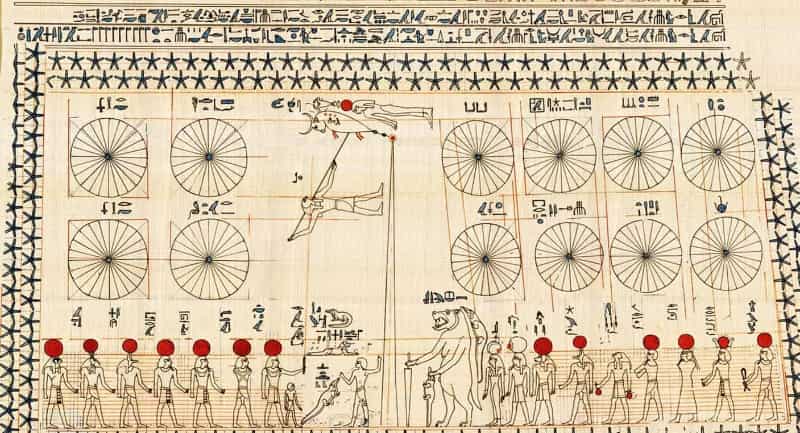
- Sirius
- Betelgeuse
- Vega
- Polaris
Correct answer 1, Sirius. The ancient Egyptians noticed that the heliacal rising of the star Sirius occurred about once every 365 days, which coincided with the length of the solar year. They used this astronomical phenomenon to help keep their calendar in sync with the seasons.
In 2013, archaeologists discovered the world’s oldest-known calendar system dating back approximately 10,000 years. Where was this ancient calendar system found?
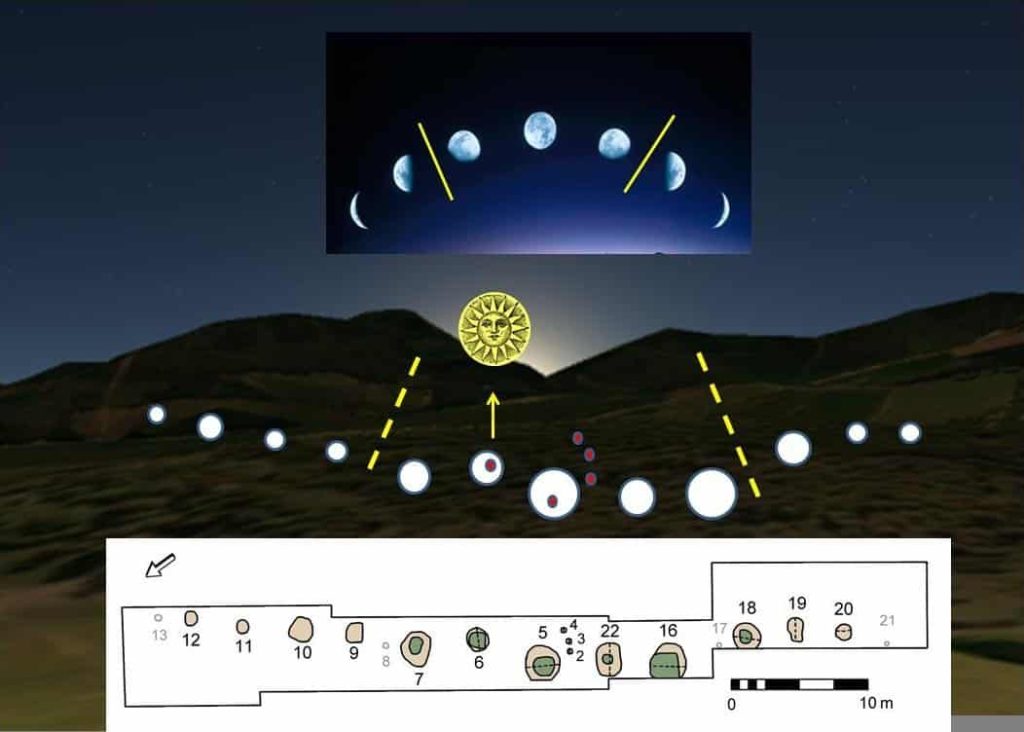
- Machu Picchu, Peru
- Stonehenge, England
- Warren Field, Scotland
- Giza, Egypt
Correct answer 3, Warren Field, Scotland. The Warren Field calendar system is made up of a series of pits arranged in a specific pattern to align with the movements of the sun throughout the year. The Sumerian calendar is the next earliest known calendar, followed by the Egyptian, Assyrian and Elamite calendars.
Which country currently uses the Solar Hijri calendar (Jalali calendar)?
- Saudi Arabia
- Iran
- Iraq
- Egypt
- All of the above
Correct answer 2, Iran. The Solar Hijri calendar is also known as the Iranian calendar, and it is the official calendar of Iran. It is a solar calendar based on the seasons, with each year starting on the vernal equinox.
What is the origin of the Solar Hijri calendar?
- Prophet Muhammad
- Omar Khayyam
- Ibn Sina (Avicenna)
- Ancient Egyptians
Correct answer 2. The Solar Hijri calendar is an astronomical calendar that is used in Iran and Afghanistan and was developed in the 11th century to replace the earlier lunar-based Hijri calendar, which was used by Muslims for religious purposes.Sultan Jalal al-Din Malik Shah Seljuk, the ruler of the Seljuk Empire, commissioned a team of astronomers and mathematicians to develop the new calendar system, and Omar Khayyam, a key member of this team, played a crucial role in developing the mathematical algorithms and astronomical tables needed to calculate the calendar.
Why does the date of the Dalai Lama’s birthday change every year?
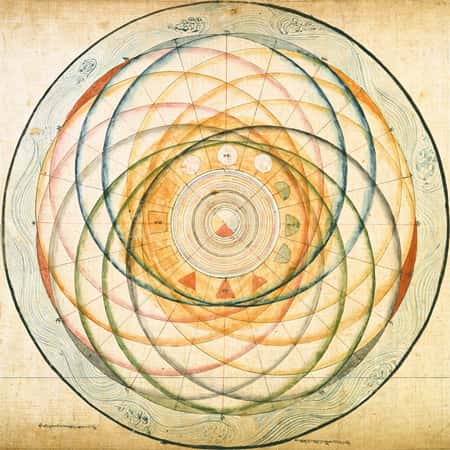
- The Dalai Lama chooses a different day to celebrate his birthday each year.
- The Tibetan lunar calendar is used to determine the date of the Dalai Lama’s birthday.
- The Dalai Lama’s birthday is based on the position of the stars, which changes every year.
- The Dalai Lama was born on a leap year, which causes his birthday to shift by one day every four years.
Correct answer 2. The date of the Dalai Lama’s birthday is determined by the Tibetan lunar calendar. While the specific date changes each year according to the lunar cycle, July 6th is widely recognised as the day to celebrate the Dalai Lama’s birthday according to the Gregorian calendar.
How many animals are in the Tibetan zodiac calendar?
- 12
- 24
- 6
- 8
Correct answer 1, twelve animals. The Tibetan zodiac is similar to the Chinese zodiac, with 12 animals representing different years in a cycle. The 12 animals are rat, ox, tiger, rabbit, dragon, snake, horse, sheep, monkey, rooster, dog and pig.
Which event marks the beginning of the Hebrew calendar?
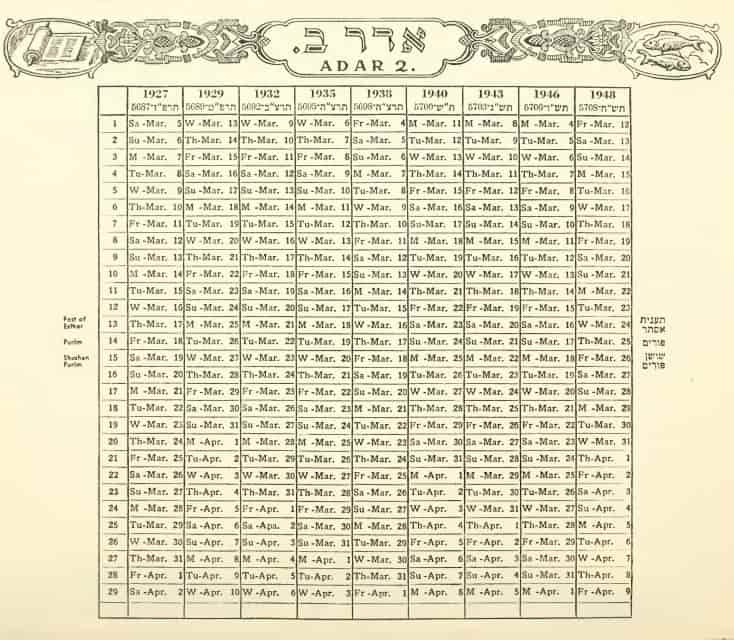
- The creation of Adam and Eve
- The exodus of the Israelites from Egypt
- The birth of Moses
- The construction of the first temple in Jerusalem
Correct answer 1, The creation of Adam and Eve. The Hebrew calendar is a lunisolar calendar, which means it is based on both the cycles of the moon and the seasons. The calendar starts from the date of the creation of the world, which is calculated as the year 3761 BCE. The year 2023 equals to year 5783 in the Hebrew calendar.
Which religion uses the Ethiopian Calendar for liturgical purposes?
- Christianity
- Buddhism
- Hinduism
- Islam
Correct answer 1, Christianity. The Ethiopian Calendar is also known as the Ethiopian Orthodox Tewahedo Church Calendar and is used for liturgical purposes by the Ethiopian Orthodox Church.
How many lunar months are there in a year in the Hindu calendar?
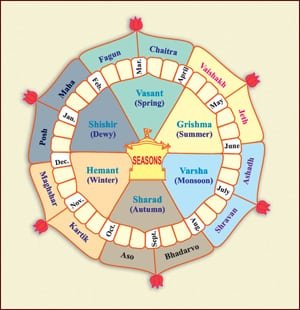
- 12
- 13
- 24
- 27
Correct answer 2. The Hindu calendar is based on both solar and lunar movements. A lunar month, or “tithi”, is defined as the period between two successive new moons and varies in length from approximately 29 to 30 days. In a Hindu calendar year, there are usually 12 lunar months of 29 or 30 days each, plus an extra month called “Adhika Maasa” that is inserted every three years to align the lunar calendar with the solar year.


